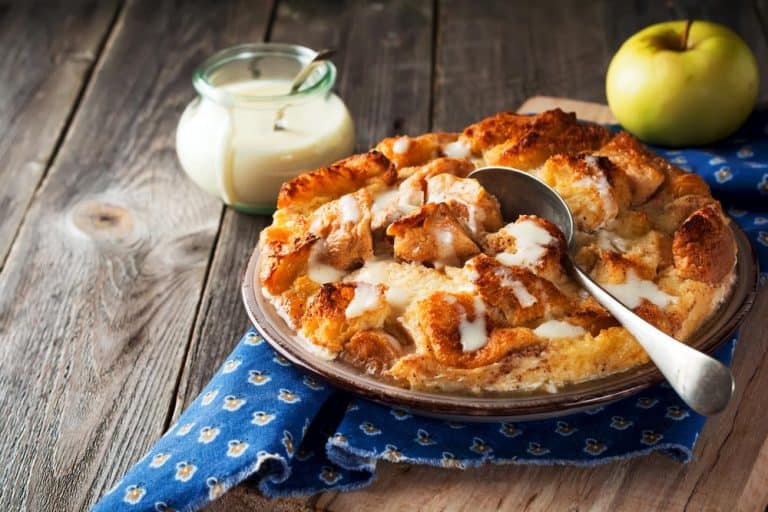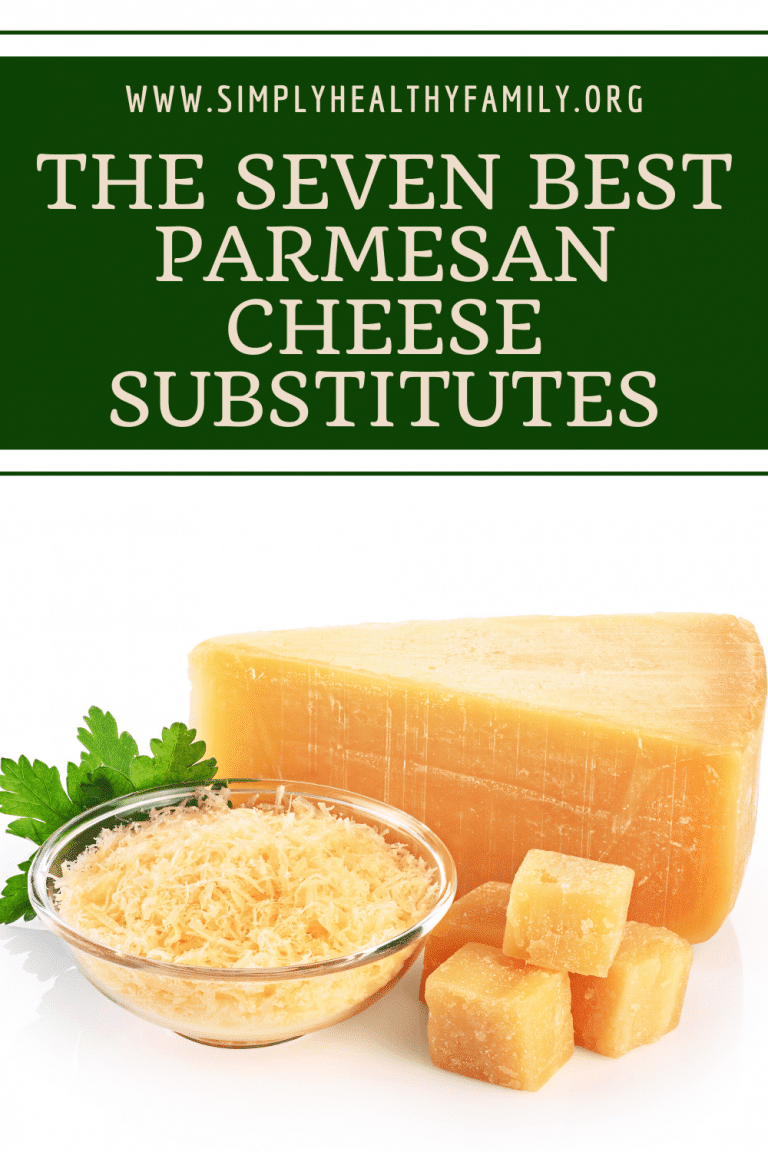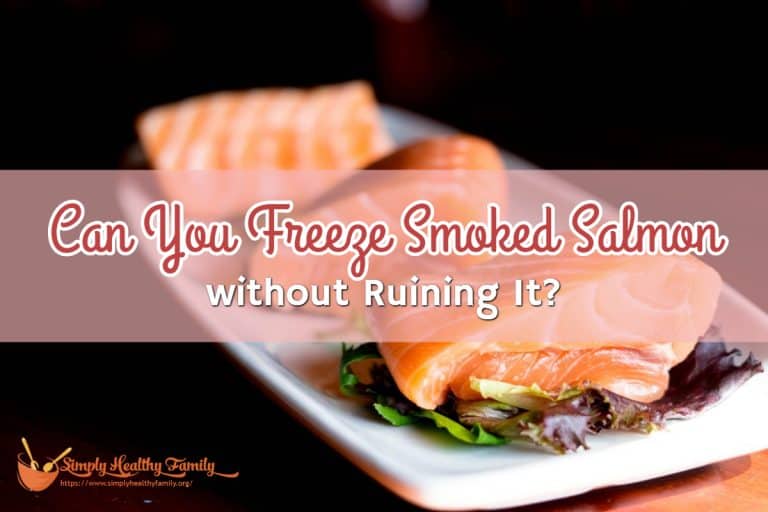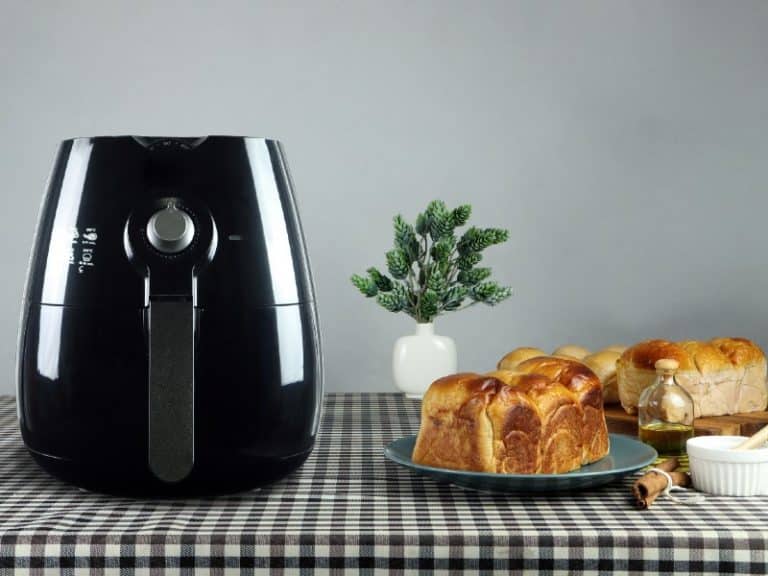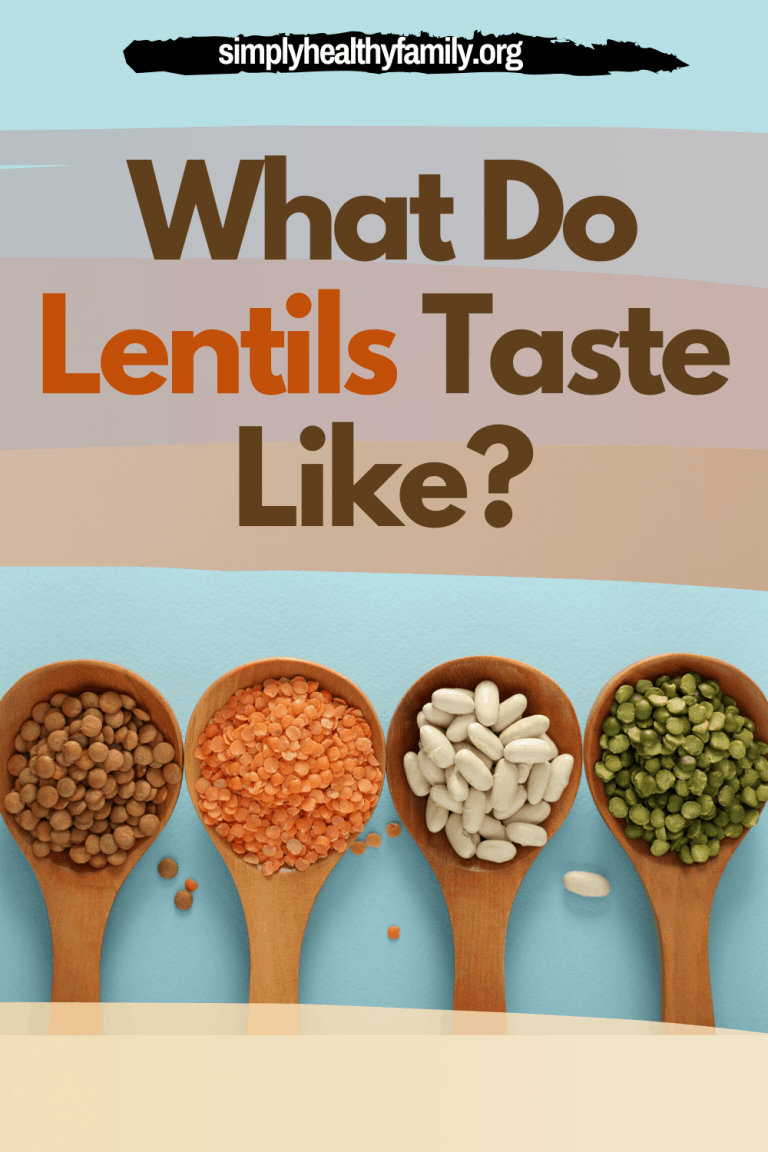All About Cooking Oil: The Best Choices for Every Recipe
Oil. We use it to pan-fry, deep-fry, for flavoring, and to drizzle on salads.
But did you know that different oils have different properties that make some better than others for different purposes?
The country’s health boom also means there are lots of different oils on the market that most of us have never heard of. So how do you make heads or tails of what’s best for you?
Let’s dive into the world of cooking oil.
Read Article: Can you Freeze Cream Cheese?
Everything You Need to Know About Cooking Oil
Here’s how to tell which oils are best for your cooking needs.
Cooking oils are classified as either plant or animal. Avocado or coconut oils, for example, are plant-based, while lard and ghee come from animal fats. Fats are further classified as saturated, monosaturated, or polyunsaturated.
Getting into the chemical composition of oils can make your eyes glaze over, so here’s an easy way to differentiate between oil types.
Saturated fats remain solid at room temperature. Lard, butter, and coconut oil are examples of saturated fats.
Unsaturated fats liquefy at room temperature and are healthier for you. Canola and olive oils are good examples. Unsaturated fats are further classified as either monounsaturated or polyunsaturated. Monounsaturated oils are better for daily use for reasons we’ll get into below. Polyunsaturated oils tend to spoil faster because of their chemical composition, so they don’t have much of a shelf life.
Read this Article: Can You Microwave Styrofoam?
Types of Cooking Oils & Their Uses
There are more cooking oils than you may realize.
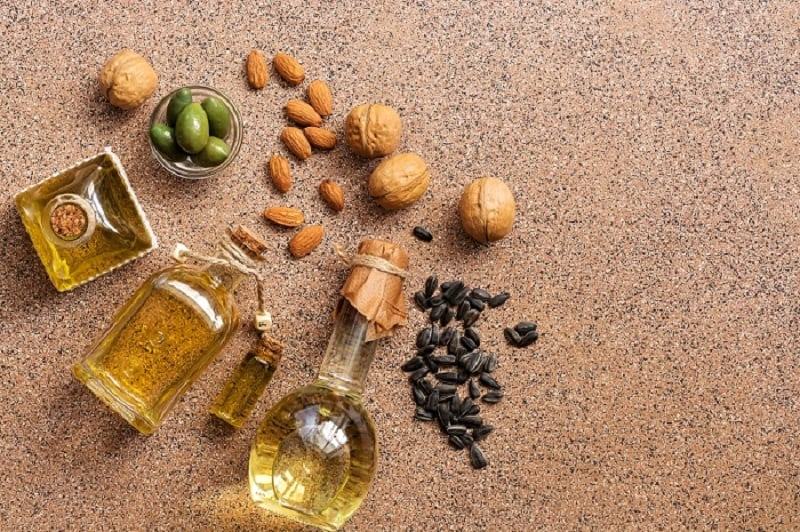
4 Oils the American Heart Association Recommends
Americans are more and more health-conscious, and they’re spending more time understanding what they eat. Oils are a part of that equation. All oils are high in calories, but some are better than others because they foster the production of “good” cholesterol. The American Heart Association recommends the following oils as heart-friendly.
1. Canola Oil
Canola oil is the second-most consumed oil in the United States. It’s an excellent polyunsaturated fat favored by cooks who like it for its mild flavor, which makes it attractive for marinades and baking. Canola oil’s smoke point – the temperature at which the oil starts to break down and burn – is 400 degrees Fahrenheit (about 205 degrees Celsius). That makes it a better choice for pan-frying than deep-frying.
2. Corn Oil
If you’re looking to deep-fry at a high temperature, choose corn oil. It doesn’t have the highest smoke point at up to 460 F (about 238 C), but it will create a nice, crunchy crust on whatever you’re making. This polyunsaturated fat also has a relatively mild taste, though not as mild as canola.
3. Olive Oil
If you’re like me, olive oil is your daily go-to. I use extra-virgin olive oil since the extraction process gives it a unique, buttery character. Its robust and distinctive flavor makes this monounsaturated fat a favorite for making eggs or creating a dip. But with a smoke point as low as 320 F (160 C), it’s best suited for sauteing.
4. Safflower Oil
If you’re looking for excellent frying oil, safflower is it. With a smoke point that can reach 560 F (about 293 C), safflower can fry anything. A polyunsaturated fat, its mild taste and aroma, as well as its health benefits, makes this oil a popular choice.
Other Popular Oils
There are lots of other oils on the market that you should consider for your kitchen.
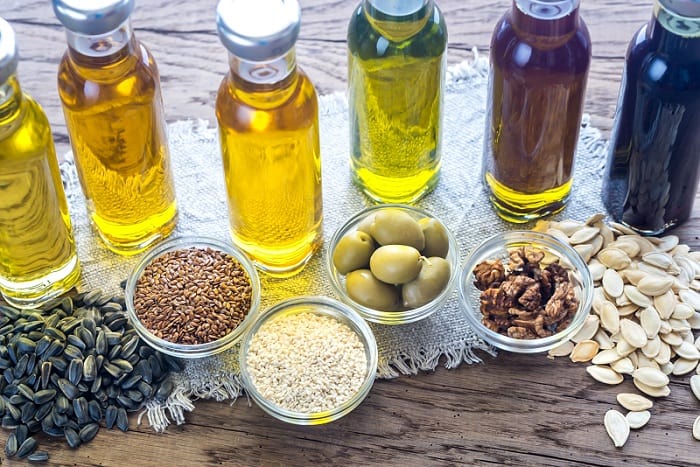
Avocado Oil
This versatile oil can be used as a flavoring, as well as for sauteing or frying because it holds up well against high heat. It’s packed with flavor, making it a favorite in salad dressings or as a simple drizzle over chicken or fish. It’s also one of the healthier monounsaturated fats. Avocado oil is expensive – at least $0.45 an ounce, though you can buy a gallon for about $45. This is one oil you’ll want to use sparingly for flavor.
Coconut Oil
If you like coconut flavor, this oil is for you. Coconut oil can have a high smoke point of up to 450 F (about 232 C), but it has a pronounced flavor that may interfere with your dish. There’s also a lot of debate over the health benefits of this saturated fat.
Peanut Oil
This is another high-smoke-point oil – up to 450 F (about 232 C) – that’s great for deep-frying. Its strong peanut taste makes an excellent choice for Asian and Indian dishes, especially those made in a wok. Peanut oil is high in monosaturated fat (49%) and saturated fat (18%) but isn’t a concern for heart health.
Sesame Oil
This oil is more suited for flavoring than cooking. It’s a darker and more intense oil often used in Middle Eastern dishes. You can use a little to coat noodles, make a vinegarette, or drizzle over greens. While it has a high smoke point – up to 450 F (about 232 C) – its taste isn’t conducive for frying because it can overpower your food. It has a fairly even mix of polyunsaturated (46%) and monounsaturated (40%) fats.
Vegetable/Soybean Oil
What’s in a name? Vegetable oil can be soybean or a blend of plant-based oil, so that’s why they’re lumped together here. Vegetable oil is an all-purpose oil with a high smoke point of 450 F (about 232 C) and a very mild aroma suitable for everything from sauteing to frying.
Sunflower Oil
This is another mild and versatile oil with a high smoke point (close to 500 F, or 260 C). While it’s far more expensive than vegetable oil, researchers have begun touting the health benefits of sunflower oil.
Ghee and Lard
These saturated fats remind me of my grandmother, who used lard – the rendered fat from a pig – in everything. Ghee is a type of clarified butter. Make no mistake; foods cooked with lard and ghee taste better. But there’s a debate over whether or not lard and ghee are bad for you. We know that saturated fats raise bad cholesterol, but researchers are starting to dial back on dire warnings about these oils.
Less-Common Oils You May Come Across
You may also come across the following oils.
-
Flaxseed Oil. Flaxseed oil makes an interesting herb dressing and may reduce the growth of certain cancers.
-
Grapeseed Oil. Grapeseed oil is good for low-heat cooking. It has few nutrients but is high in certain “good” fats.
-
Hemp Seed Oil. Hemp seed oil isn’t suitable for cooking, but some swear by its health benefits and use it in sauces or drizzle it over food.
-
Walnut Oil. Walnut oil’s flavor profile means it’s a great flavor enhancer, and its cholesterol benefits are a plus too.
-
Mustard Oil. If you come across mustard oil, don’t use it for cooking. The FDA has banned the sale of mustard oil in the U.S. over worries it can cause heart problems.
Which Oils Are Best for Which Uses?
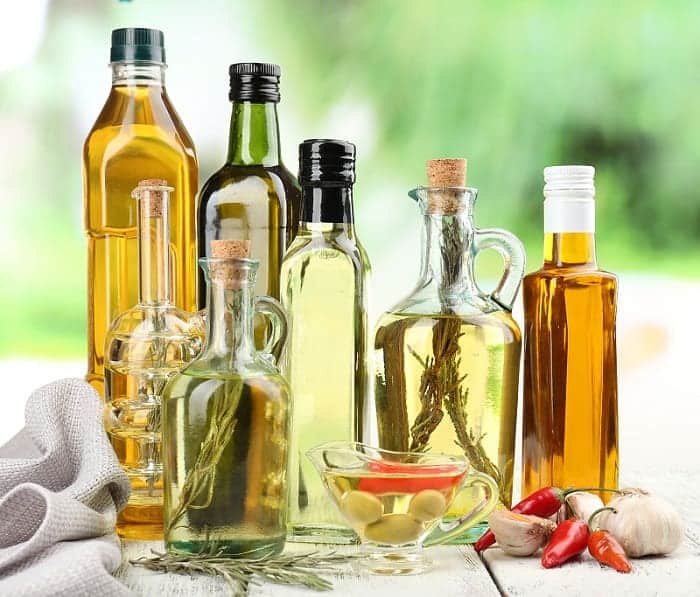
- Best for Frying: Vegetable, corn, safflower
- Best for Cooking: Olive, canola, sunflower
- Best for Natural Flavor: Olive, avocado, walnut, peanut
- Oils Every Cook Should Have in Their Kitchen: Olive, canola, and vegetable cover all the bases. Olive provides a classic flavor that accentuates vegetables, salads, and dips. Vegetable oil is excellent for frying, and canola is an all-purpose oil.
Final Word
So there you have it: everything you need to know about cooking oil. The flavors, smoke point, and cost will play a significant role in you which oils have in your kitchen.
Start with one oil that enhances flavor. Depending on your tastes, that could mean olive, avocado, peanut, or even walnut. If you like to deep-fry, you’ll want to have vegetable, corn, or safflower oil because they can all withstand high heat.
Your choice of oils will also depend on what you cook. Middle Eastern dishes call for ghee, while Southern dishes (such as biscuits) call for lard.
Not all oils are suitable for all dishes. Salads that taste good with olive oil might be a bit strange with peanut oil. But if you experiment, you might find that different cooking oils can add an interesting flavor to your food, like in olive oil brownies.
So keep this handy guide and start with a few oils so that you can learn their properties. Once you do, you’ll be on the way to new culinary adventures.
Which oils do you have in your kitchen?


